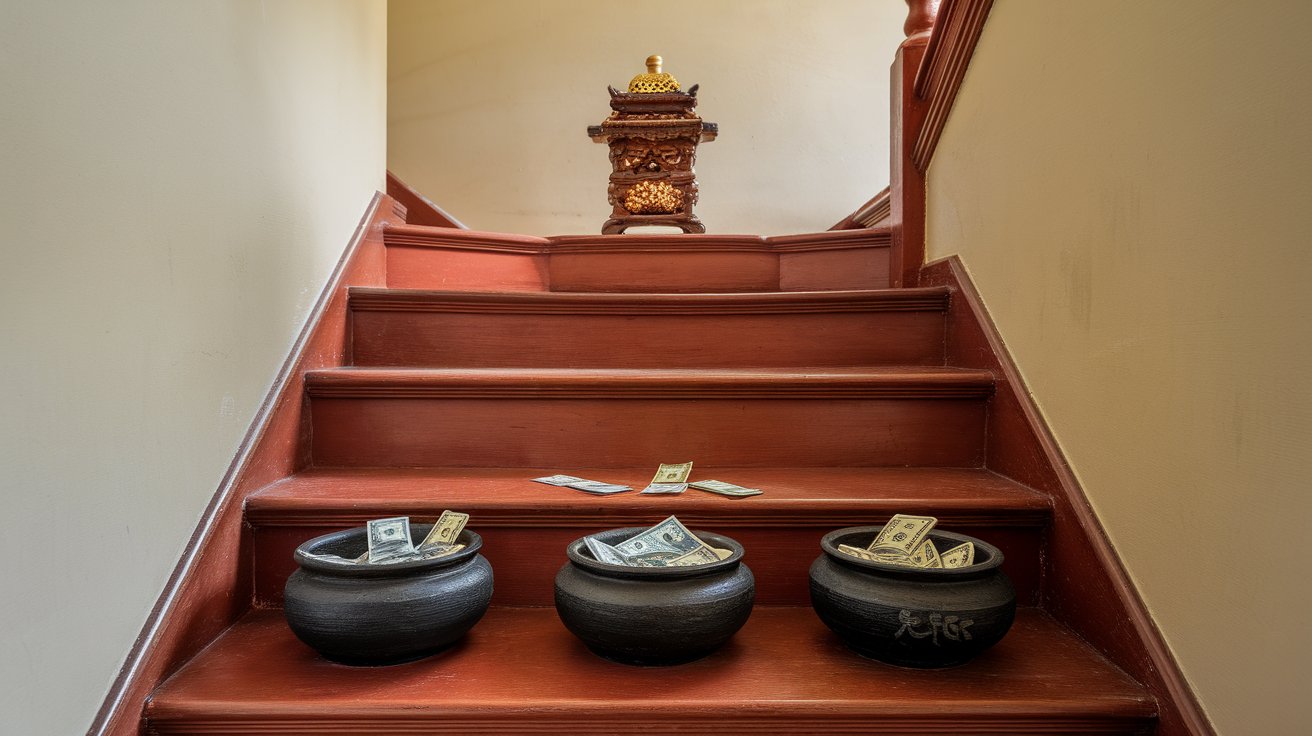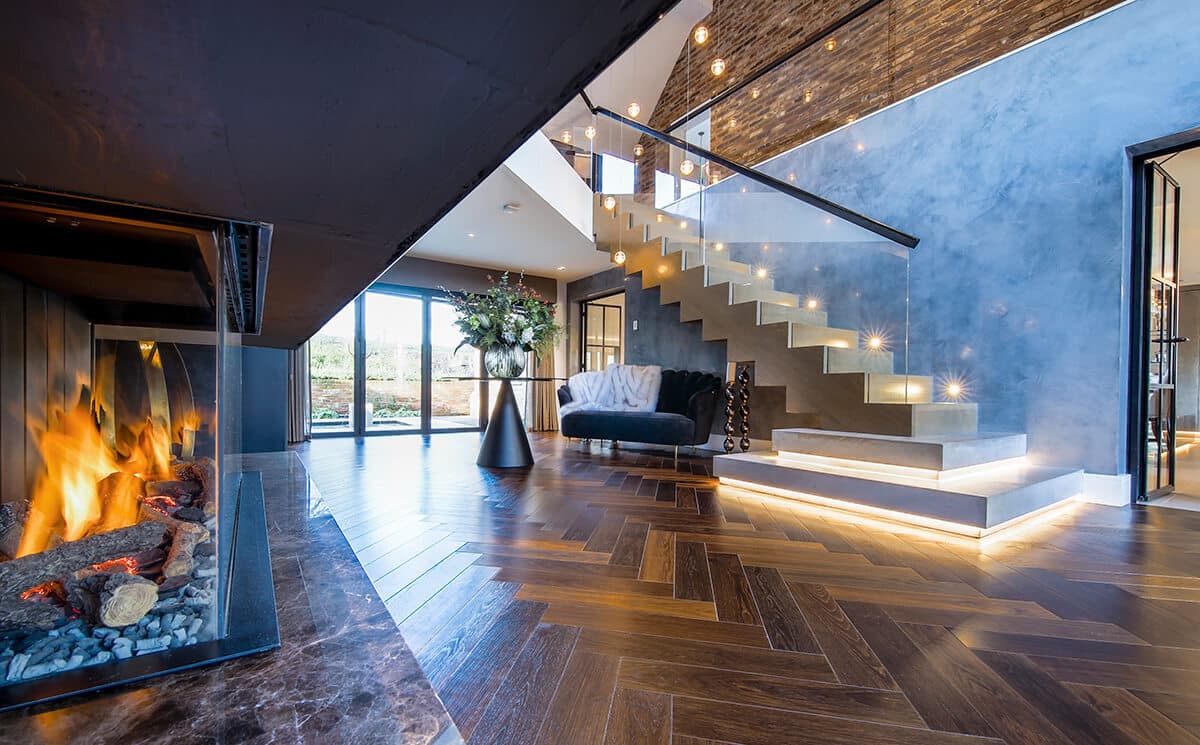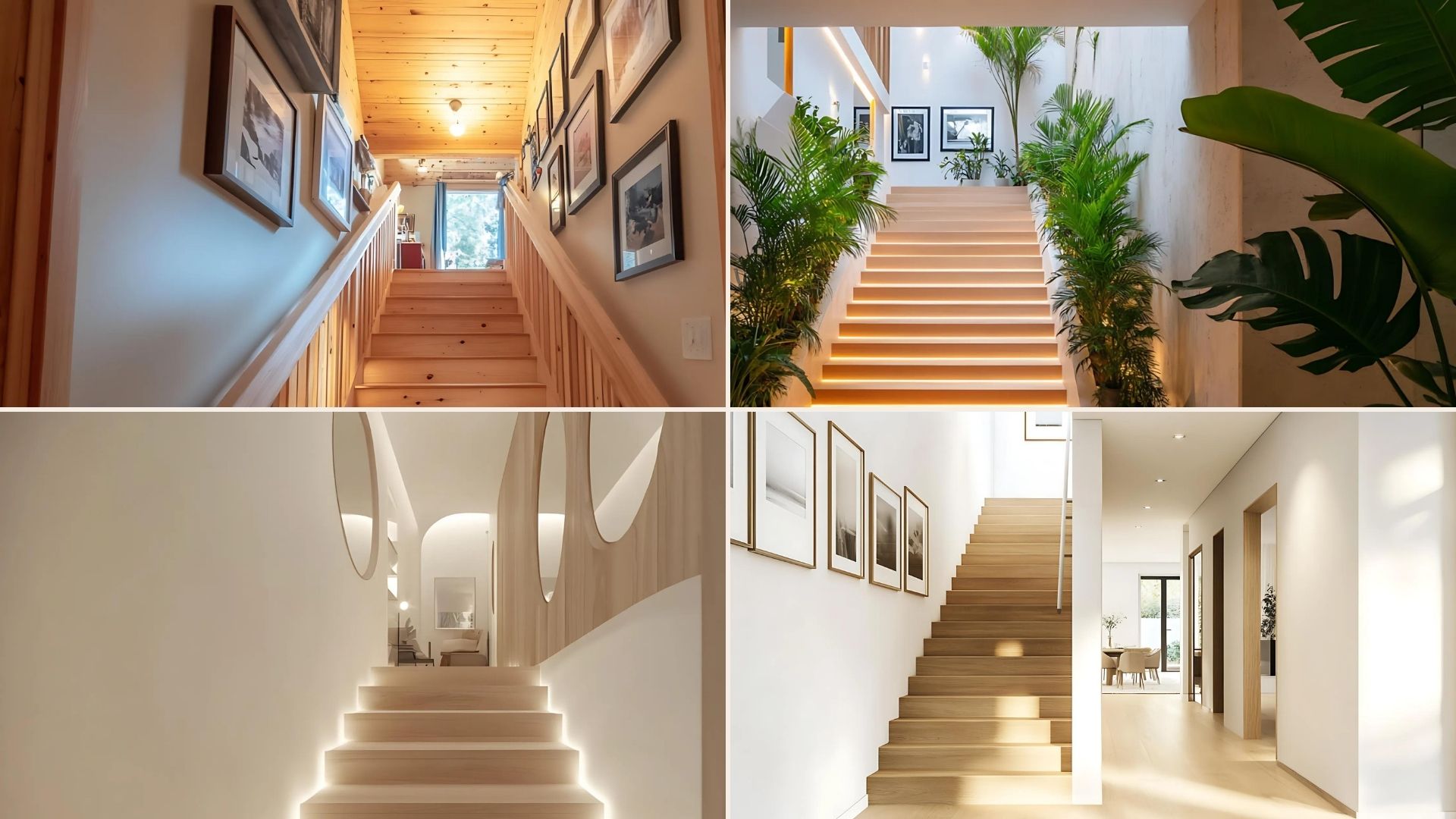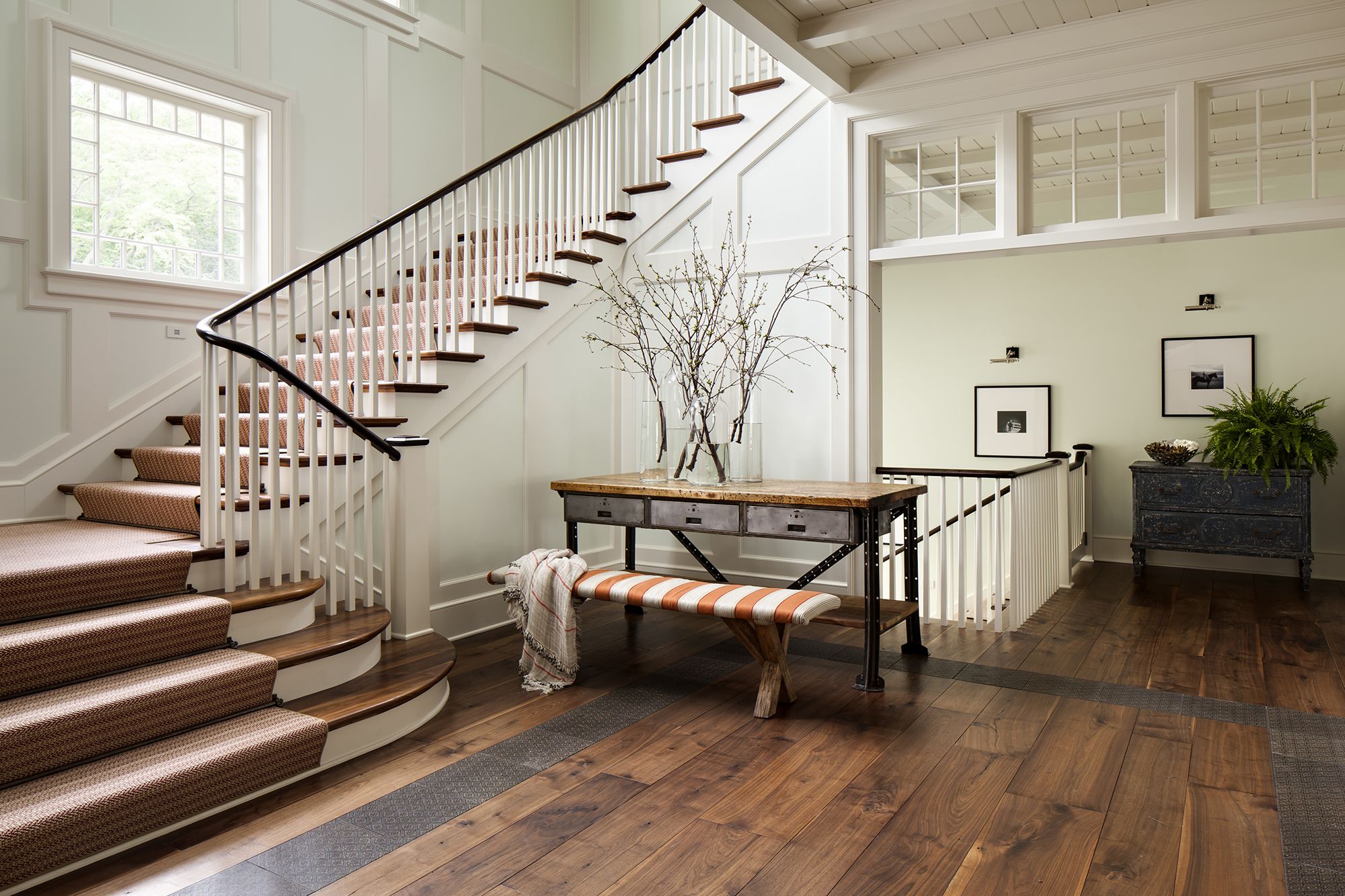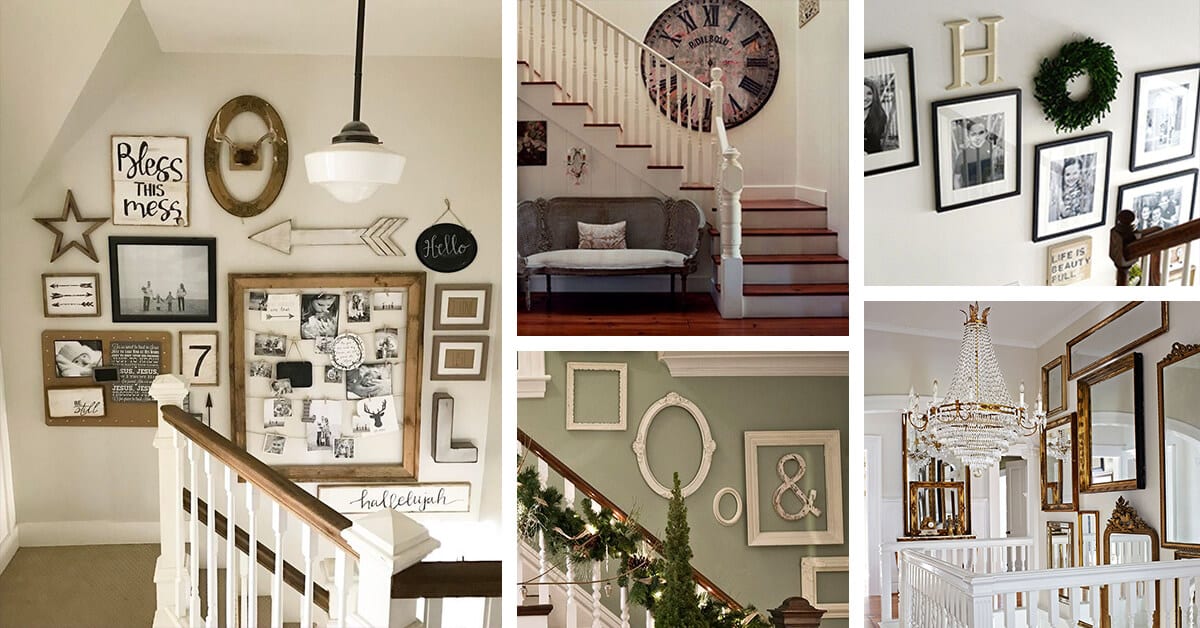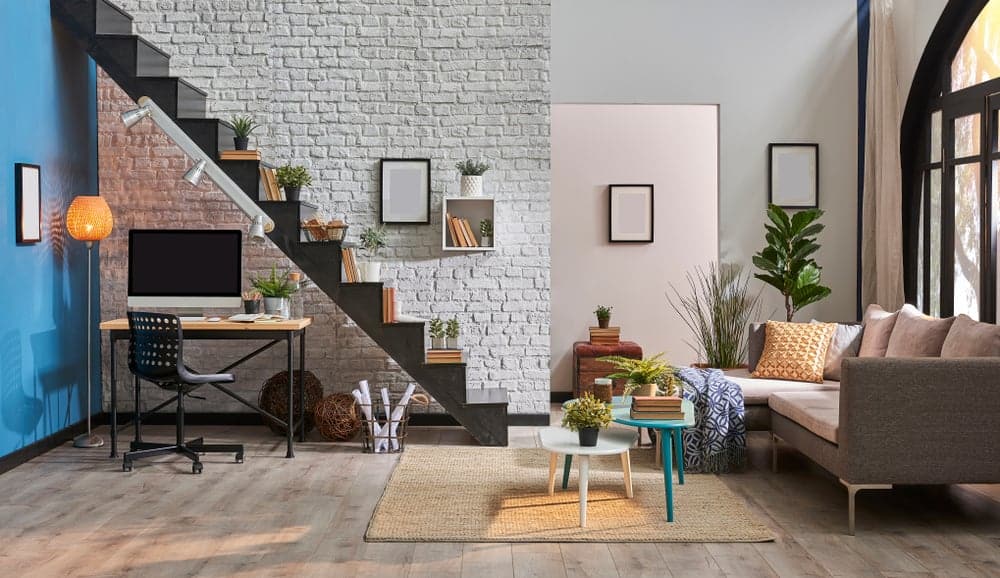Revealing the Secrets of Feng Shui Stairs
Staircases play a crucial role in homes, connecting different levels and influencing energy flow.
Many people wonder about the ideal number of steps for good feng shui.
The truth is, there’s more to feng shui stairs than just counting steps.
This ancient practice offers valuable insights into creating harmony and balance in your living space.
In this guide, we’ll explore the secrets of feng shui stairs, going beyond simple step counts.
You’ll learn how to design and enhance your staircase to promote positive energy flow throughout your home.
We’ll cover key principles, common issues, and practical solutions to help you create a staircase that looks good and supports your well-being and success.
The Basics of Feng Shui and Its Relevance to Stairs
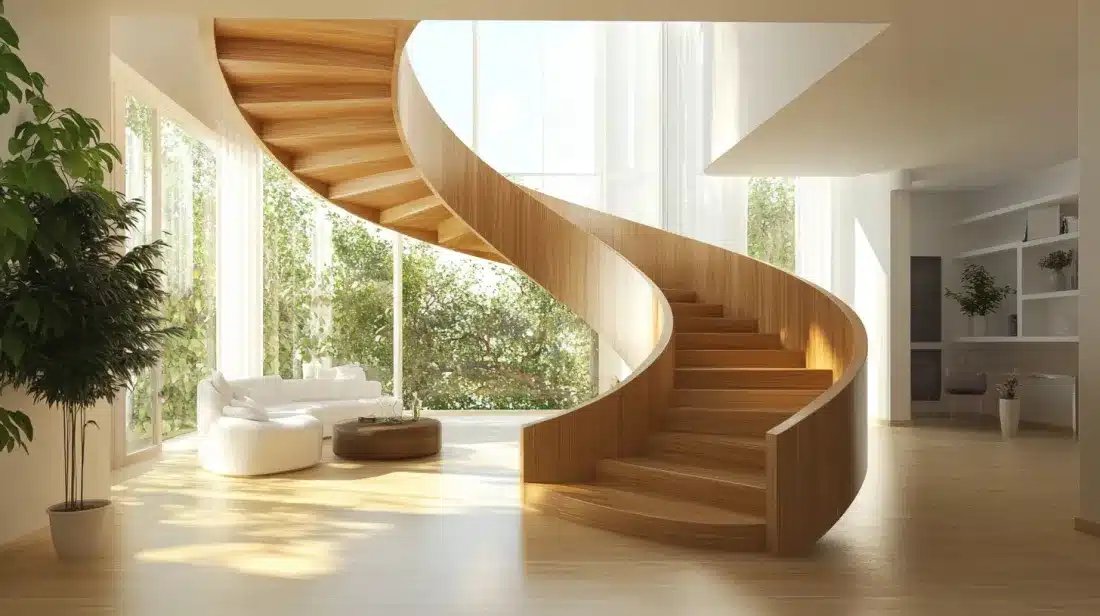
Feng Shui, an ancient Chinese practice, offers valuable insights into creating harmonious living spaces.
This wisdom becomes particularly relevant to staircases, as stairs play a crucial role in connecting different levels of energy within a home.
Let’s explore the fundamental concepts of Feng Shui and how they apply to staircase design.
Understanding Feng Shui
At its core, Feng Shui creates balance and allows positive energy to flow freely through your living space.
This practice can significantly influence the design and placement of staircases in your home.
Definition and Core Principles
Feng Shui is an ancient Chinese practice that focuses on arranging spaces to promote the harmonious flow of energy, known as chi. It is based on several core principles:
- Five Elements: Wood, fire, earth, metal, and water play crucial roles in balancing energy within a space.
- Yin and Yang: This concept emphasizes the importance of balance and harmony in the environment.
Overview of Energy Flow and Its Significance
The flow of energy, or chi, is central to Feng Shui principles.
Understanding how this energy moves through your home can help create a more balanced and harmonious living environment.
Chi, or life force energy, flows through all living and non-living things. Allowing chi to move freely is essential for maintaining a healthy, prosperous, and harmonious environment.
The Bagua map is a tool for analyzing energy flow in different areas of a space, with each area corresponding to aspects like health, wealth, and relationships.
Common Issues Caused by Poorly Designed Staircases
Understanding potential problems with staircase design can help you avoid negative energy in your home. Here are some common issues to be aware of:
- Energy Leakage: Stairs directly aligned with the front door can cause Chi to rush out, losing positive energy and opportunities.
- Blocked or Stagnant Energy: Poorly placed or designed stairs can block or stagnate chi, potentially causing negative effects on the home’s occupants, such as financial loss, health issues, or relationship problems.
- Clutter and Obstructions: It is important to keep the area around the stairs free from clutter, as it can impede the flow of energy and create a sense of chaos or confusion.
Key Principles for Designing Feng Shui-Compliant Stairs
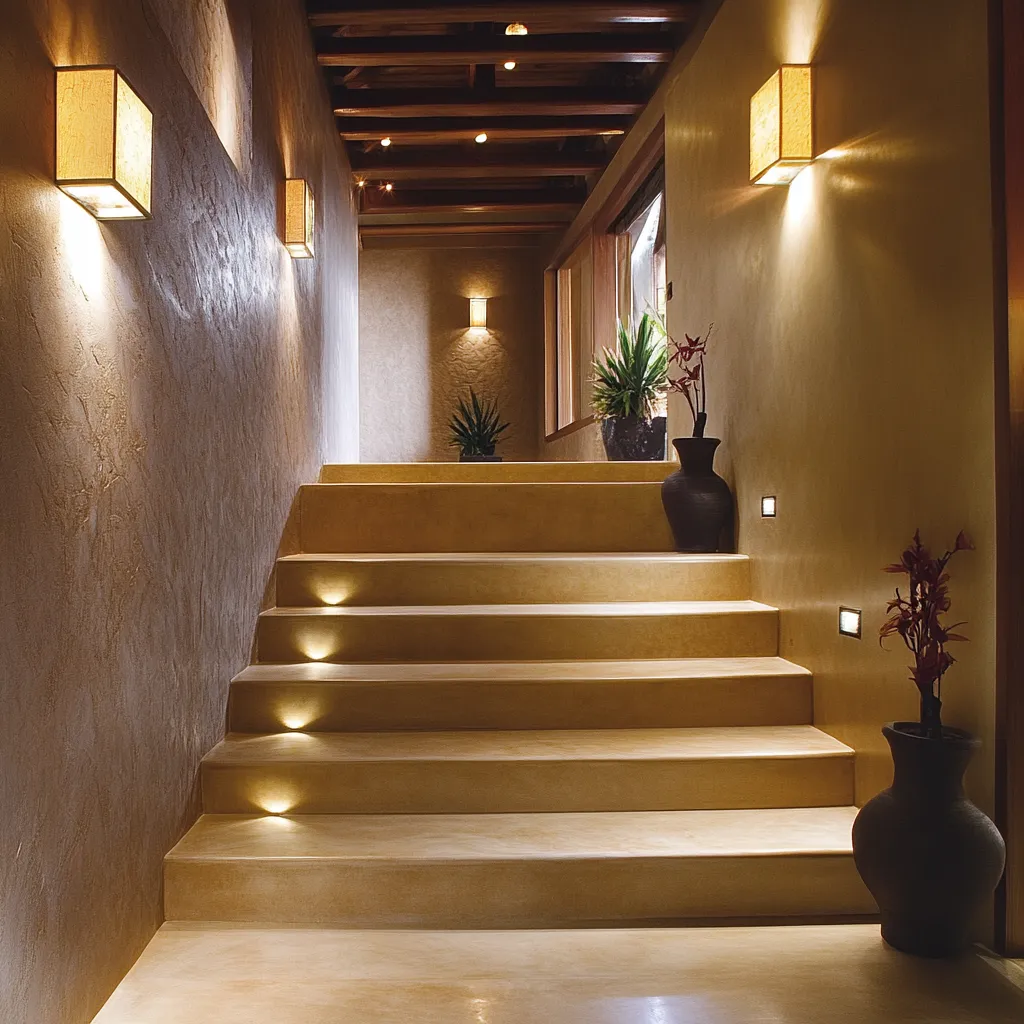
Creating stairs that align with Feng Shui principles involves carefully considering placement, design, and structural elements.
By following these guidelines, you can enhance the positive energy flow in your home and create a more harmonious living space.
Optimal Placement for Positive Energy Flow
- Stairs facing the front door: This can cause energy to rush out of the home, potentially leading to loss of wealth and opportunities. To mitigate this, consider placing a decorative runner, artwork, or a plant at the base of the stairs to redirect the energy.
- Stairs in the center of the home: This can disrupt the core stability and balance of the space. If your stairs are already centrally located, incorporate earth elements like ceramics or plants to ground the energy.
Optimal stair locations are those that don’t directly connect to the front door or disrupt key areas like Wealth (Southeast), Health (East), and Love (Southwest).
When possible, place stairs against walls rather than in open spaces.
Structural Considerations
- Open, wide, and well-lit staircases: Ensure your stairs are spacious and well-illuminated to allow for smooth energy flow. Use wall sconces or overhead lights to brighten the path.
- Number of steps: Odd numbers or multiples of three are often considered favorable in Feng Shui. When designing your staircase, aim for these numbers to enhance harmony and balance.
Incorporating Curves and Safety Features
- Gentle curves: Consider a gently curved design for your stairs, as this allows for smoother energy flow compared to straight staircases.
- Secure handrails: Install sturdy, continuous handrails along your staircase. This not only enhances safety but also supports steady chi flow.
By applying these principles, you can create a staircase that not only looks appealing but also contributes positively to your home’s overall energy and atmosphere.
Enhancing the Energy of Your Stairs
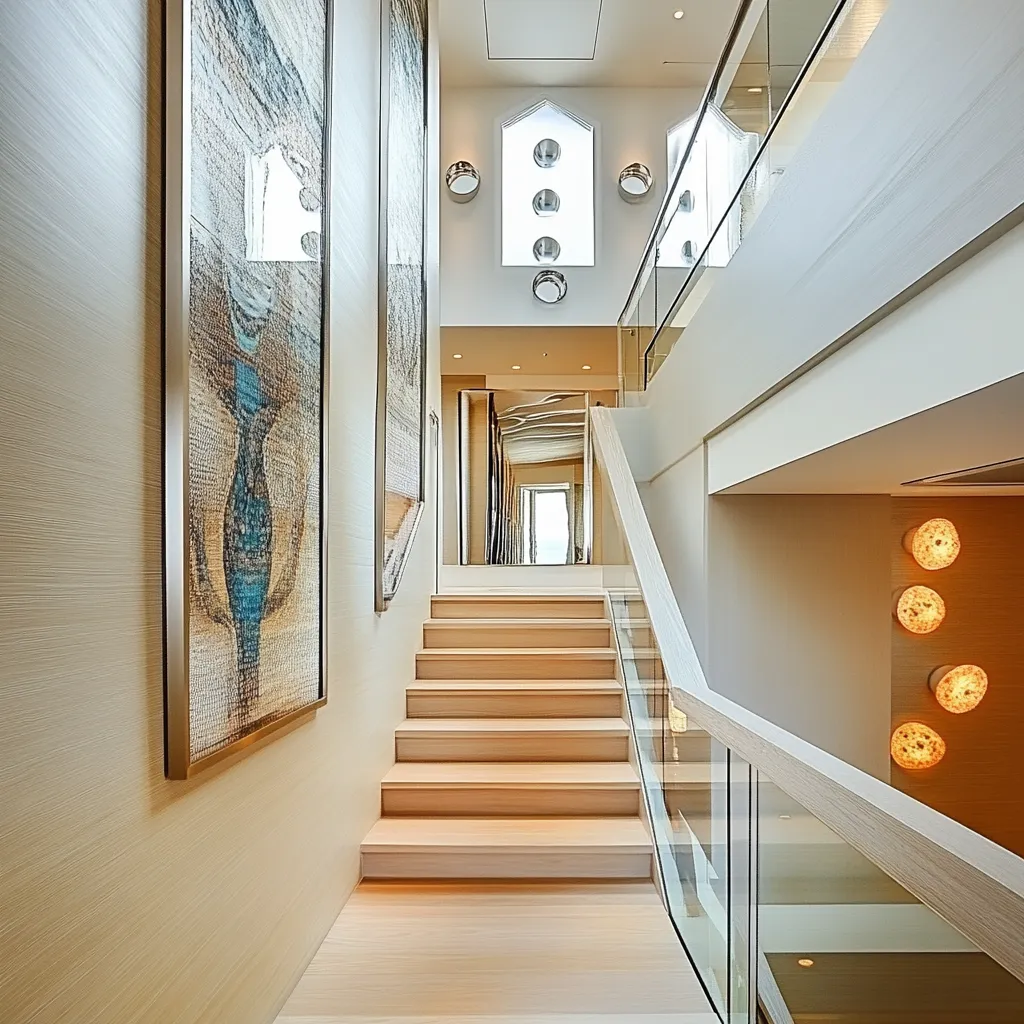
Staircases are key elements in directing the flow of chi throughout your home.
By implementing thoughtful decorative strategies and addressing common Feng Shui challenges, you can optimize your stairs to promote positive energy.
Decorative Strategies for Positive Chi
Mirrors can be powerful tools for redirecting and amplifying energy when used correctly.
Position them at the top of the stairs to reflect and disperse positive energy throughout the home.
When selecting artwork, choose pieces that evoke positive emotions and align with Feng Shui principles.
Abstract art with flowing lines or nature scenes can be particularly effective in promoting good energy flow.
Incorporating Natural Elements
Bringing nature into your stairway design can significantly enhance its energy. Consider using:
- Plants with soft, rounded leaves placed at landings or the base of the stairs
- Natural materials like bamboo or stone for decorative elements
- Small indoor water features to promote a sense of calm and flow
Remember to maintain a balance – avoid overcrowding the area to preserve a sense of openness.
Remedies for Common Feng Shui Challenges
For stairs in less-than-ideal locations, such as those facing doors, consider these solutions:
- Use room dividers or decorative screens to redirect energy
- Install a crystal chandelier or wind chimes to disperse fast-moving chi
- Place a round table with a centerpiece between the stairs and the door to slow down energy flow
Transform the often-challenging area under the stairs into a positive element:
- Install built-in storage to keep the space organized and clutter-free
- Create a small meditation nook with comfortable seating and soft lighting
- Use the area for displaying art or a collection of meaningful objects
By implementing these strategies, you can enhance the energy of your stairs, turning them into a harmonious and beneficial element in your home’s overall Feng Shui.
Final Thoughts
As we’ve explored, the design and placement of your stairs play a crucial role in your home’s energy flow.
By applying Feng Shui principles, you can transform your staircase from a simple, functional element into a powerful conduit for positive chi.
Remember, small changes like adding plants, adjusting mirror placement, or incorporating natural materials can make a significant difference.
Whether you’re designing a new home or looking to improve your existing space, consider how your stairs impact the overall harmony of your living environment.
By mindfully addressing common challenges and implementing the strategies we’ve discussed, you can create a more balanced, energizing home.
Ready to take the next step? Start by assessing your own staircase using the tips provided.
Your voyage to a more harmonious home begins with that first step – literally!

